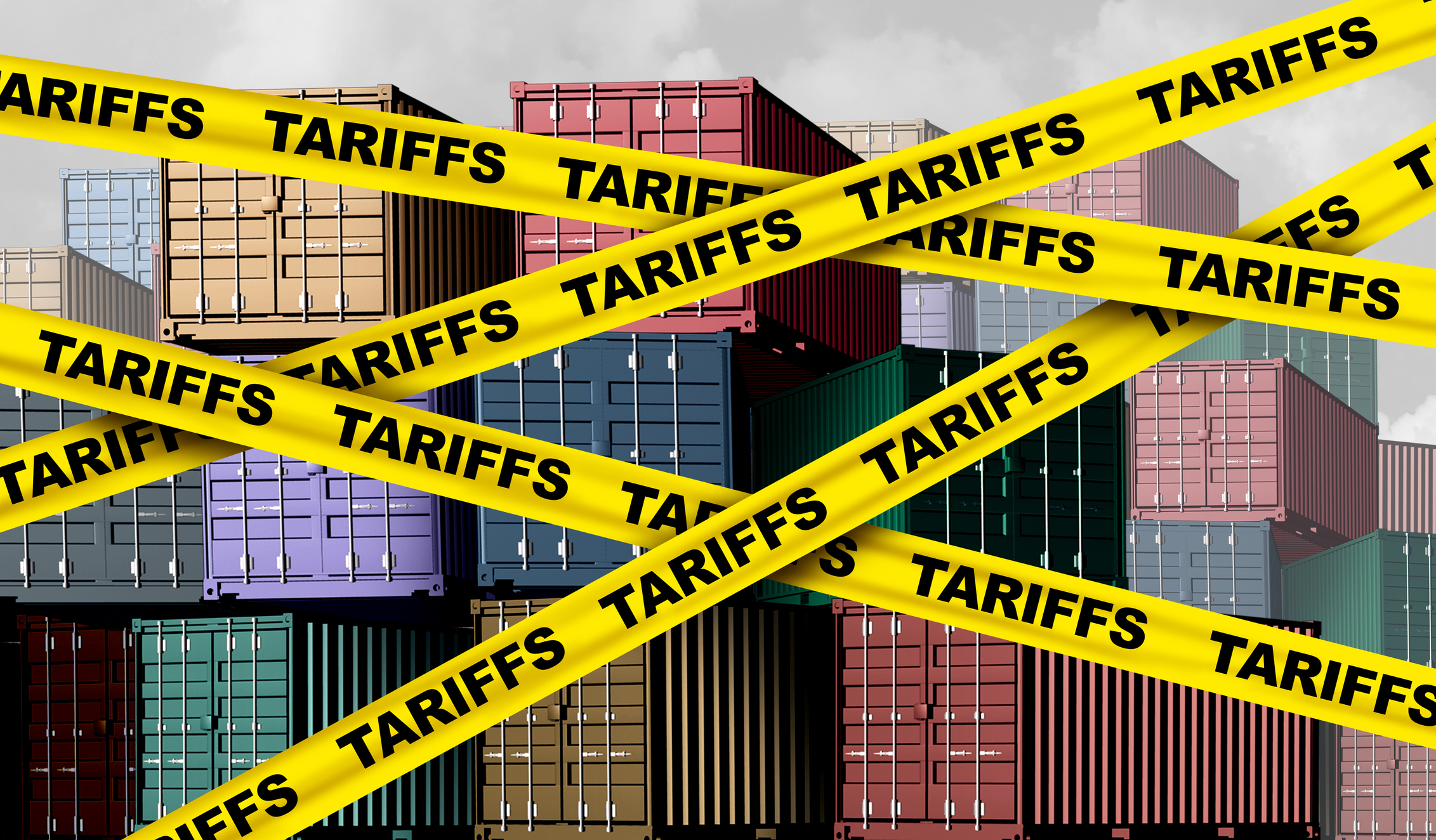Asia Pacific’s high growth markets, excluding Australia, New Zealand, Japan and the ‘Newly Industrialized Countries/ Regions’ of Hong Kong, Singapore, South Korea and Taiwan, are worth roughly US$ 194 billion in non-life premium income, almost 10% of the world’s total (according to Sigma no. 3/2014).
Over the past ten years, their annual average real growth rate amounted to 14%, more than four times the global average. This rapid pace of expansion was fuelled by strong GDP growth, which gave rise to the emergence of a sizeable middle-income class, in conjunction with accelerating industrialisation, urbanisation and economic integration through ever strengthening trade links. These trends are translating into strong demand for insurance, in personal lines business in particular.
A fifth of the global market by 2025
The sound economic momentum of these countries suggests a significant potential for further growth. Their share of global GDP amounts to 22%, far ahead of the 10% share of global non-life premiums. In addition, on average, insurance penetration, i.e. non-life premiums as a share of GDP is a mere 1.2% in this group of countries, compared with the global average of 2.8%. Therefore, some pundits predict that these countries will contribute up to 20% of global non-life premiums by 2025.
The three main markets or regions to look at are China, India and ASEAN. In2013 they generated non-life premium income of US$ 126 billion, US$ 13 billion and US$ 22 billion, respectively. Whilst they share the common feature of robust economic growth, their insurance industries display major differences.
Historical and institutional differences
Market structure is a case in point. China and India are still relatively concentrated marketplaces, with the Top 10 non-life insurers accounting for 85% and 81% of total business, respectively. A legacy of decades of state monopolies is the main reason. By contrast, the Southeast Asian markets are highly fragmented, with the Top 10 non-life insurers in Indonesia, for example, accounting for 53% of the market. As we know from a number of mature markets, fragmentation per se is no reason for concern as long as insurance supervision and solvency regulation are adequate. Germany, one of the world’s largest and most stable insurance markets, where the Top 10 insurers make up less than two thirds of the total market, is a good example. From a reinsurance point of view, fragmented markets tend to display higher aggregate cession rates. The average ceding company is usually smaller than in more concentrated markets, with different needs to which reinsurers need to cater.
RBC as a game changer
Risk-Based Capital (RBC) solvency regimes and the departure from a onesize- fits-all solvency margin (such as in Thailand and South Korea) are other factors which are set to reshape Asia’s insurance markets. In combination with ERM (Enterprise Risk Management) and ORSA (Own Risk and Solvency Assessment) requirements they will herald radically new approaches to pricing, asset management and risk management if enforced. In addition, RBC is expected to accelerate the pace of industry consolidation. China, Hong Kong and India are also moving fast towards RBC regimes. This regulatory shift could boost demand for reinsurance in the form of surplus relief or the provision of capacity as a result of capital shortages. Reinsurance will be increasingly used as a targeted risk mitigation and capital management tool. In addition, cedants are expected to place more emphasis on counterparty credit risk and a well-diversified panel of reinsurers. These factors offer major opportunities for reinsurers. What customers can expect from Peak Re Peak Re is committed to responding to these market-changing opportunities.
One example is the provision of solvency relief solutions to clients who need to accommodate rapidly growing volumes of business. Further, we offer protection against major risks from rising levels of natural catastrophe exposure, both as a result of climate change and the rapid accumulation of asset values in disaster-prone areas. Also, we are able to cater to those cedants’ needs whose reinsurance purchasing behaviour is increasingly driven by analytics and quantifiable capital management.
Those customers will require bespoke solutions addressing peak exposures as well as higher capital requirements for more volatile lines of business such specialty segments in an RBC environment. Last but not least, Peak Re’s value proposition includes strong capabilities in structuring transactions as well.
with Peak Re










